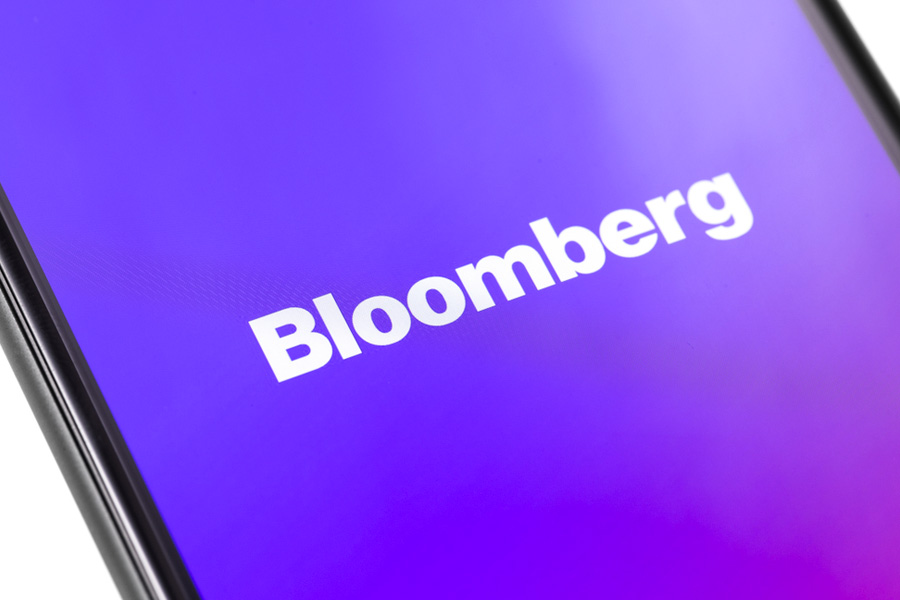Hello there, Protagonist!” read the email that landed in my inbox on a recent night. “Have you ever had the sense that you were different from others? That your drive to right unjust wrongs and seek improvement runs just a little bit deeper than most?”
I was intrigued. These questions were deeper than the improvement I happened to be seeking at that moment, related to the consistency of a chickpea stew that I was cooking with my roommate, so I gladly opened the email, which contained the results of my assessment from 16personalities.com.
I had spent that day taking every personality test I could find on the Internet — an alternately therapeutic and mind-numbing journey of the self. This was prompted, in fact, not by personal crisis, but rather by professional curiosity about the role of personality testing in today’s tangled-up world of work. Could describing people on paper, in the form of colours and animals and good old Myers-Briggs, be relevant to discussions about returning to the office?
Personality testing is roughly a $2 billion industry, according to Tomas Chamorro-Premuzic, a psychology professor and author of I, Human, who estimated the value of the largest personality testing companies. Their appeal is both magnetic and obvious: ego. But the tests have also come to be applied in practical ways in the office, helping to shape professional relationships. Some managers find them particularly useful for remote teams, because personality tests can prompt much-needed conversations about who workers are as humans, and how they like to interact.
“Covid has opened our eyes to the fact that there are different ways in which we can work,” said David Noel, senior vice-president of global human resources at Scotiabank, a Toronto-based bank that uses a personality test called Plum. “Personality testing can be a part of that.”
After taking my own personality tests, I discovered that I was an ENFJ (extroverted and emotional); a Blue (motivated by intimacy, a “sainted pitbull” who doesn’t easily let go of people or projects); dominated, among the four temperaments, by sanguine (creative, sociable); and, according to my 24-page CliftonStrengths report, keen on collecting information and input from people (conveniently known as reporting). Digging through these results felt like the type of fun that’s both earnest and indulgent.
For employers, the stakes of personality testing are higher. Managers often use them to make decisions about career development and sometimes even about hiring. Each year, some 100 million workers worldwide take psychometric tests, meaning tests designed to study personality and aptitude. The industry exploded in the late 1990s and early 2000s as the tests were computerised, Chamorro-Premuzic said.
Now, psychologists are exploring what changes need to be made to workplace personality tests — both to grapple with long-standing questions about their validity and to address the changing norms of hybrid work.
At Scotiabank, which has 90,000 workers, executives decided in late 2020 to stop looking at resumes for applicants coming out of school. The campus hiring programme is now focused partly on Plum results, and the new approach is bringing in more diverse candidates, the bank said, because hiring managers are looking beyond familiar credentials. The share of Scotiabank’s new employees who are Black rose to 6 per cent from 1 per cent, and over half its hires are women.
Acolytes of personality testing are cautious, though, about how results should be used for workplace decision-making. They should be one factor among many, advocates say, with the understanding that there’s a gap between the way people present themselves on a test and how they’ll act on any given Tuesday, or in a fight on Slack.
Critics are quick to point out that some of the tests, such as the Myers-Briggs Type Indicator, which churns out four-letter distillations of personality, are about as reliable at predicting success in a professional endeavour as sorting candidates by astrological signs or Magic 8 Balls. Investigations by the US Equal Employment Opportunity Commission in Washington have uncovered bias at play in some hiring processes that overly relied on personality tests without scholarly psychological backing.
But personality testing has also gotten more rigorous in recent years. Organisational psychologists have developed assessments that are more fair and grounded in research. Some of these tests use the “Big Five” personality traits, which psychologists have found to be consistent across populations. These traits are: openness, conscientiousness, extroversion, agreeableness and neuroticism.
Caitlin MacGregor, who co-founded Plum, a research-backed testing company, argues that an element of equity can be built into testing, when it’s done right, because it can identify “diamonds in the rough” who have natural abilities instead of fancy degrees. This can be even more essential when interviewers aren’t meeting candidates in person.
In a territory as fraught as personality — how people are and could be — it’s no surprise that disagreements have sprung up as the tests have spread. Psychologists argue over the validity and fairness of different assessments and, recently, whether the tests have kept pace with the changing workplace and workforce. After all, a test developed a century ago might be tough to use for gauging whether an employee will feel fulfilled if she never meets her boss except on Zoom.
In remote workplaces, “it’s a different style of working, which means different characteristics will matter,” said Matt Spencer, who in 2019 started a personality testing company called Suited. “Initiative, self-direction, ability to manage one’s time, the way somebody collaborates.”
NYTNS











